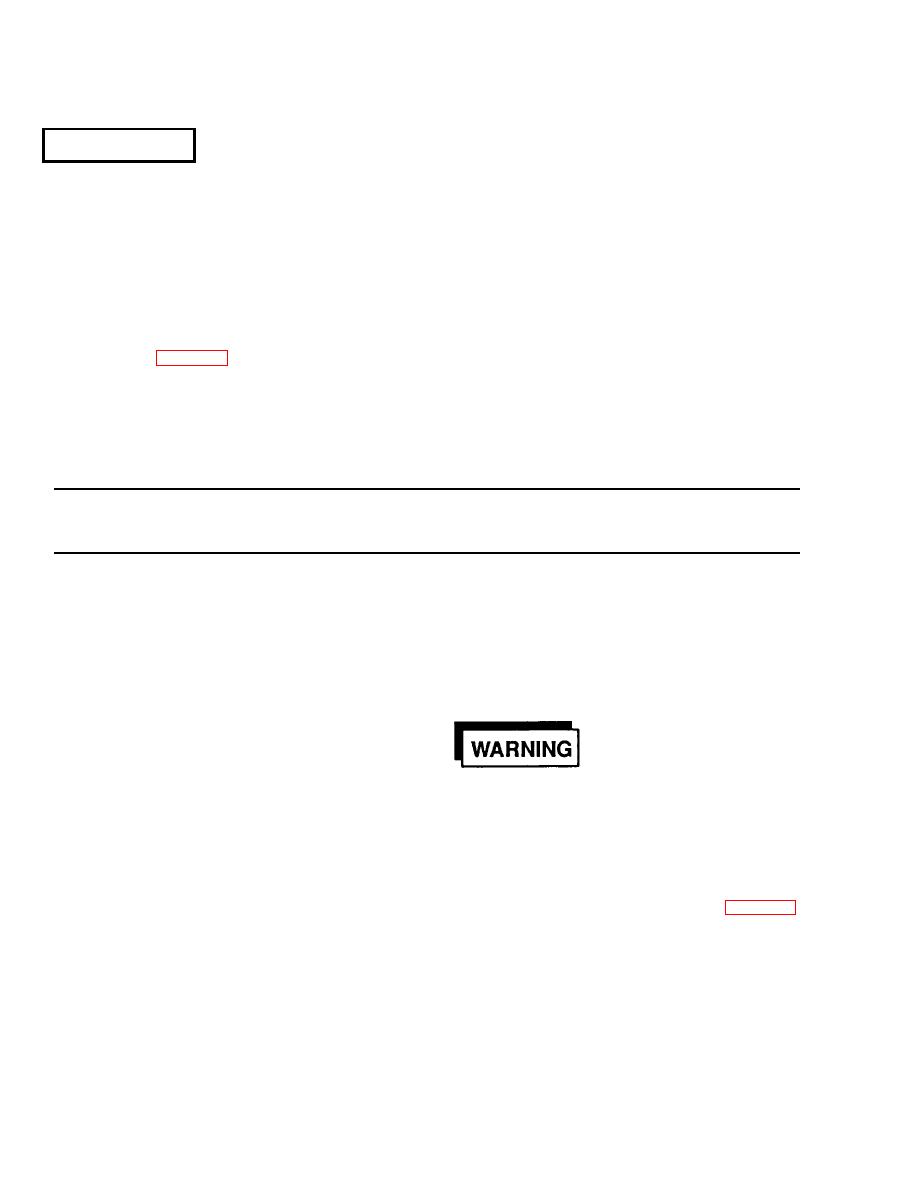 |
|||
|
|
|||
|
|
|||
| ||||||||||
|
|
 TM 5-4110-234-14
TO 40R7-5-7-1
Section V TROUBLESHOOTING
4-16.
GENERAL
a. This Section contains troubleshooting information for locating and correcting most of the operating troubles
which may develop in the refrigeration unit. Each malfunction for an individual component, unit or system is followed by a
list of tests or inspections which will help you to determine corrective actions to take. You should perform the
tests/inspections and corrective actions in the order listed.
b. This manual cannot list all malfunctions that may occur, nor all tests or inspections and corrective actions. If
a malfunction is not listed, or is not corrected by listed corrective actions, notify your supervisor.
c. Tables 4-2 and 43 list the common malfunctions which you may find during the operation or maintenance of
the refrigeration unit or its components. You should perform the tests/inspections and corrective actions in the order listed.
Remember that Table 4-2 covers Model F10000R-6 and Table 43 covers Model F10000RG-2.
NOTE
Before you use this Table, be sure you have performed all applicable operating checks.
Table 4-2. MODEL F10000R-6 TROUBLESHOOTING
MALFUNCTION
TEST OR INSPECTION
CORRECTIVE ACTION
1. REFRIGERATOR DOES NOT START
Step 1.
Check to be sure main power cable is connected and that power is on. Connect power cable and turn
power on.
Step 2.
Check to be sure that pull out disconnect is rotated to the on position. Pull the disconnect out, rotate it to
the on position and plug back in place.
Step 3.
Check to see that refrigerator switch is in the ON position. Turn switch to ON.
Disconnect power from the refrigeration unit before doing maintenance work on the electrical system. The
voltage used can be dangerous to life.
Step 4.
Make sure that power supplied is compatible with unit's 4-wire, 208 V, three phase, 60 Hz
requirement.
Check each wire of supply line with voltmeter per wiring diagram provided in figure 4-5.
Step 5.
Check to see if COMPRESSOR OVERLOAD circuit breaker is tripped. Reset (push in) circuit breaker.
If circuit breaker continues to trip or will not reset check compressor and compressor circuit.
Step 6.
Inspect main power cable connections for defects. Repair or replace if defective.
Step 7.
Check for loose electrical connections.
4-21
|
|
Privacy Statement - Press Release - Copyright Information. - Contact Us |